NSYSU faculty and students published the "Required Courses on Sealency," Taiwan's first underwater noise evaluation book
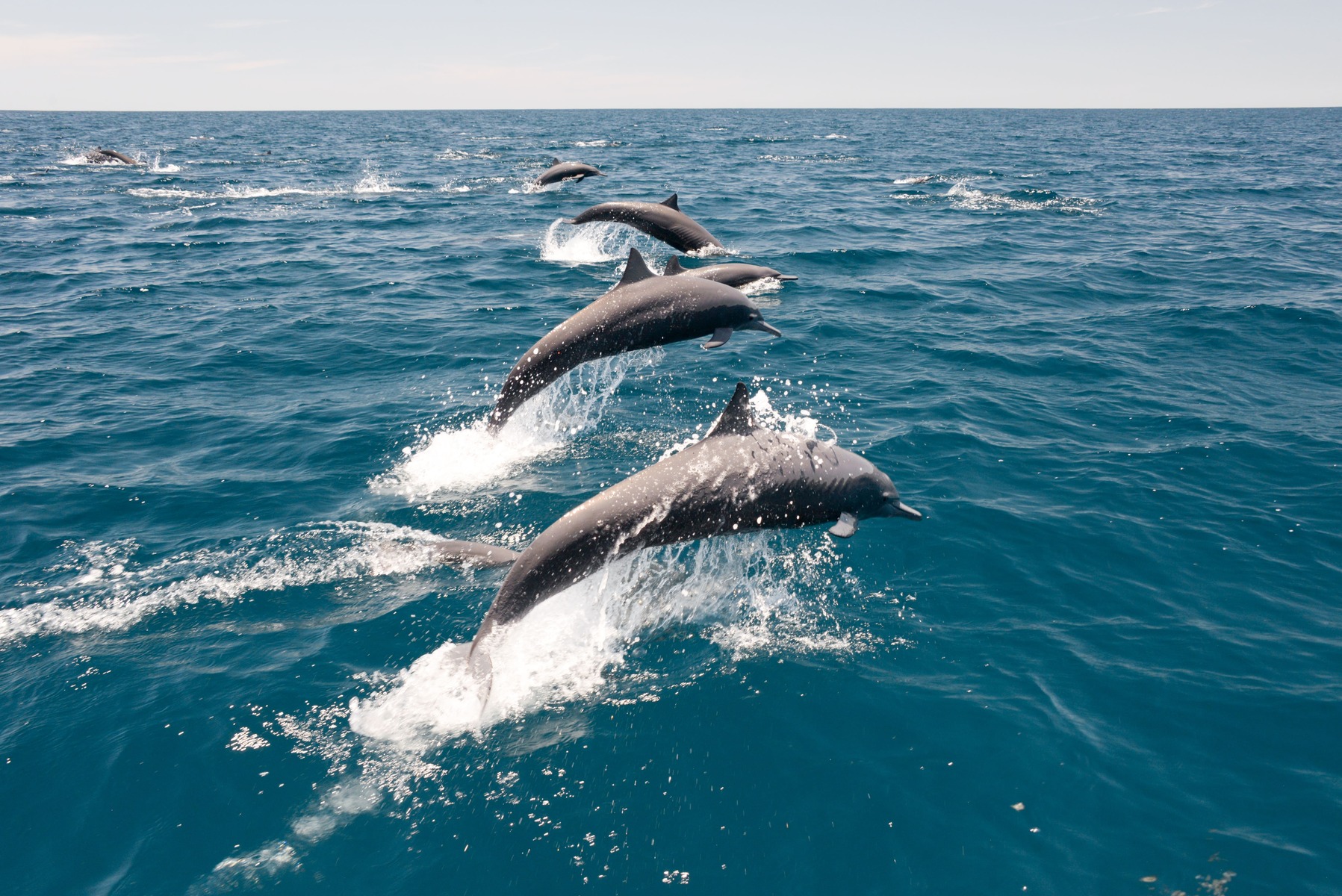
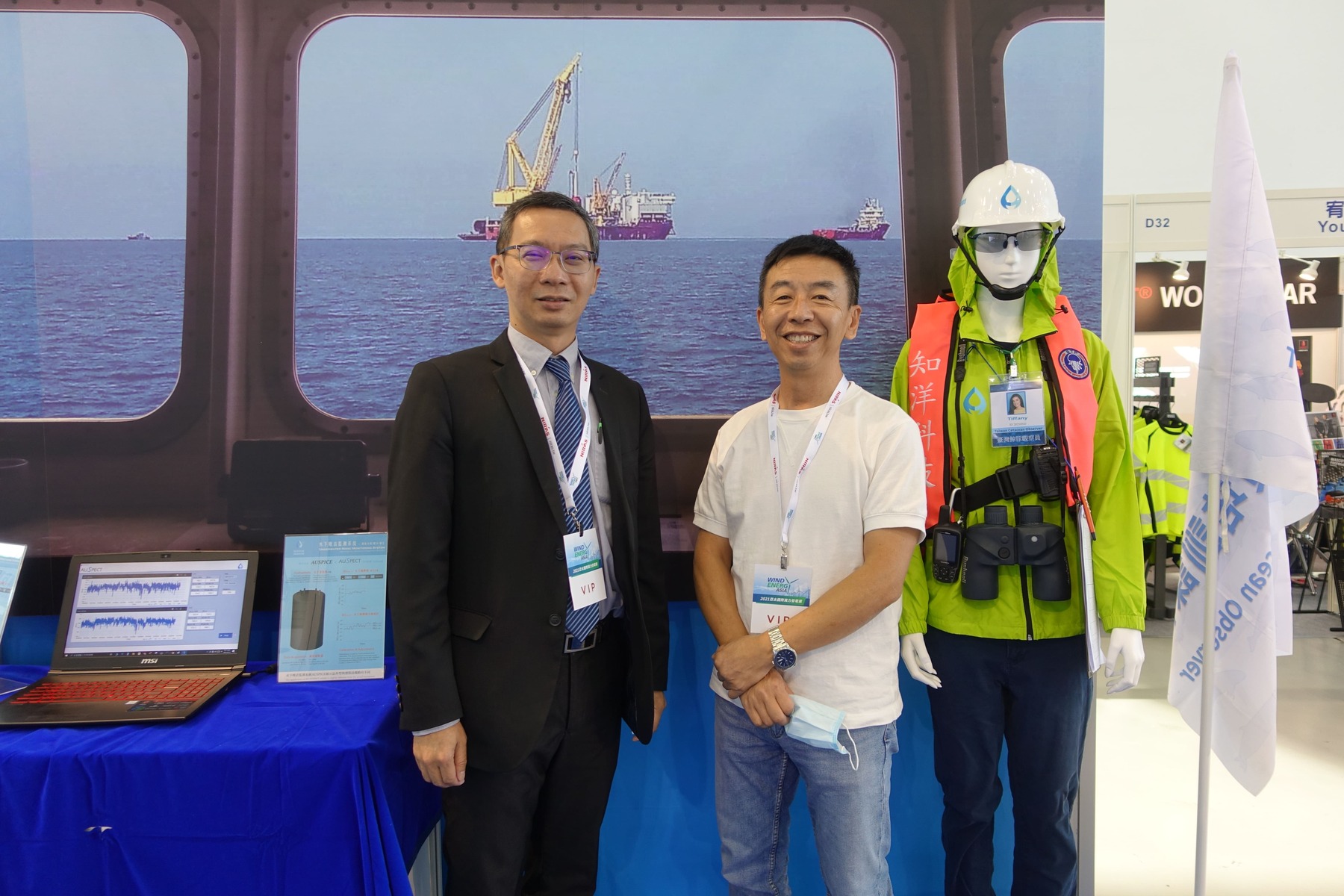


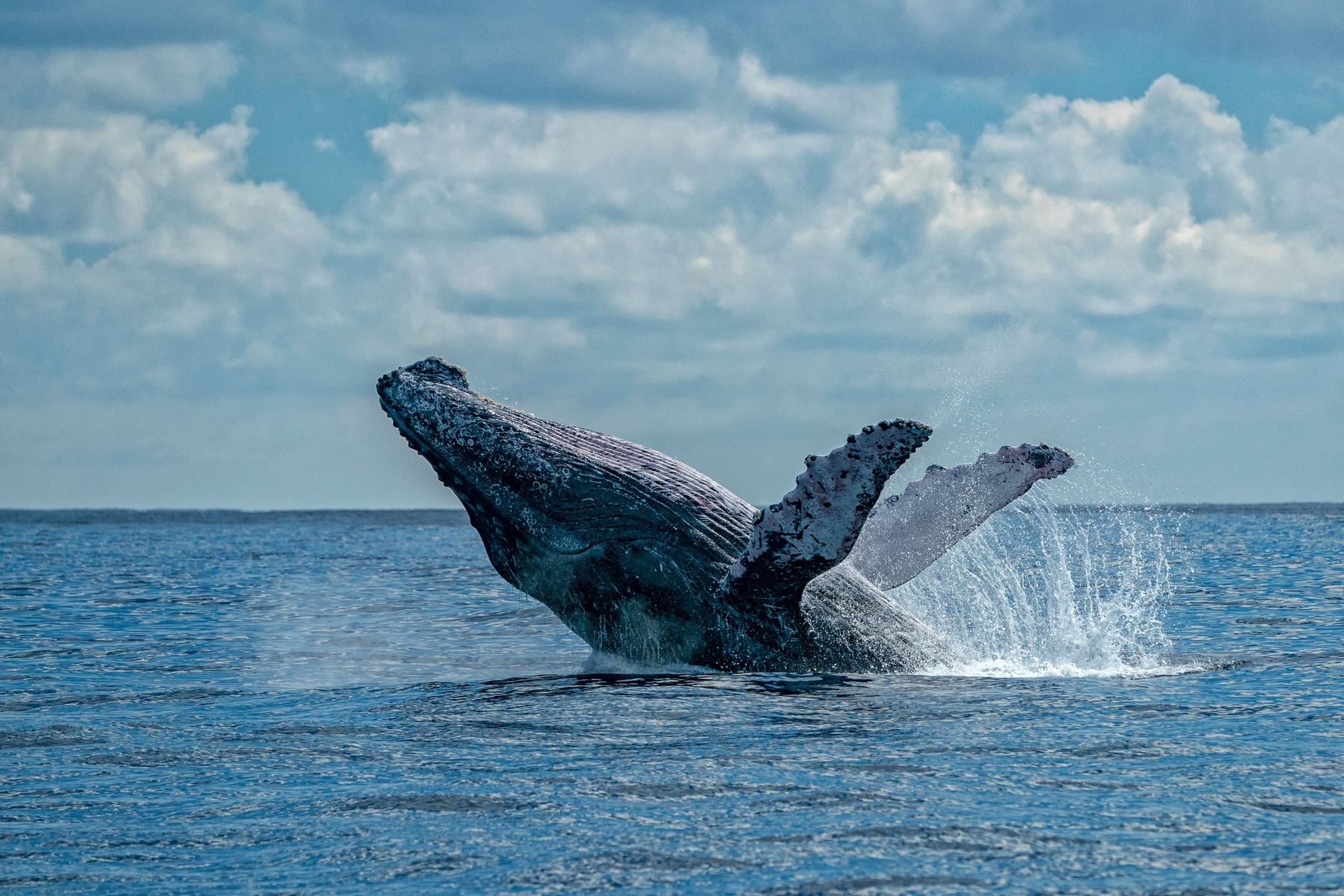
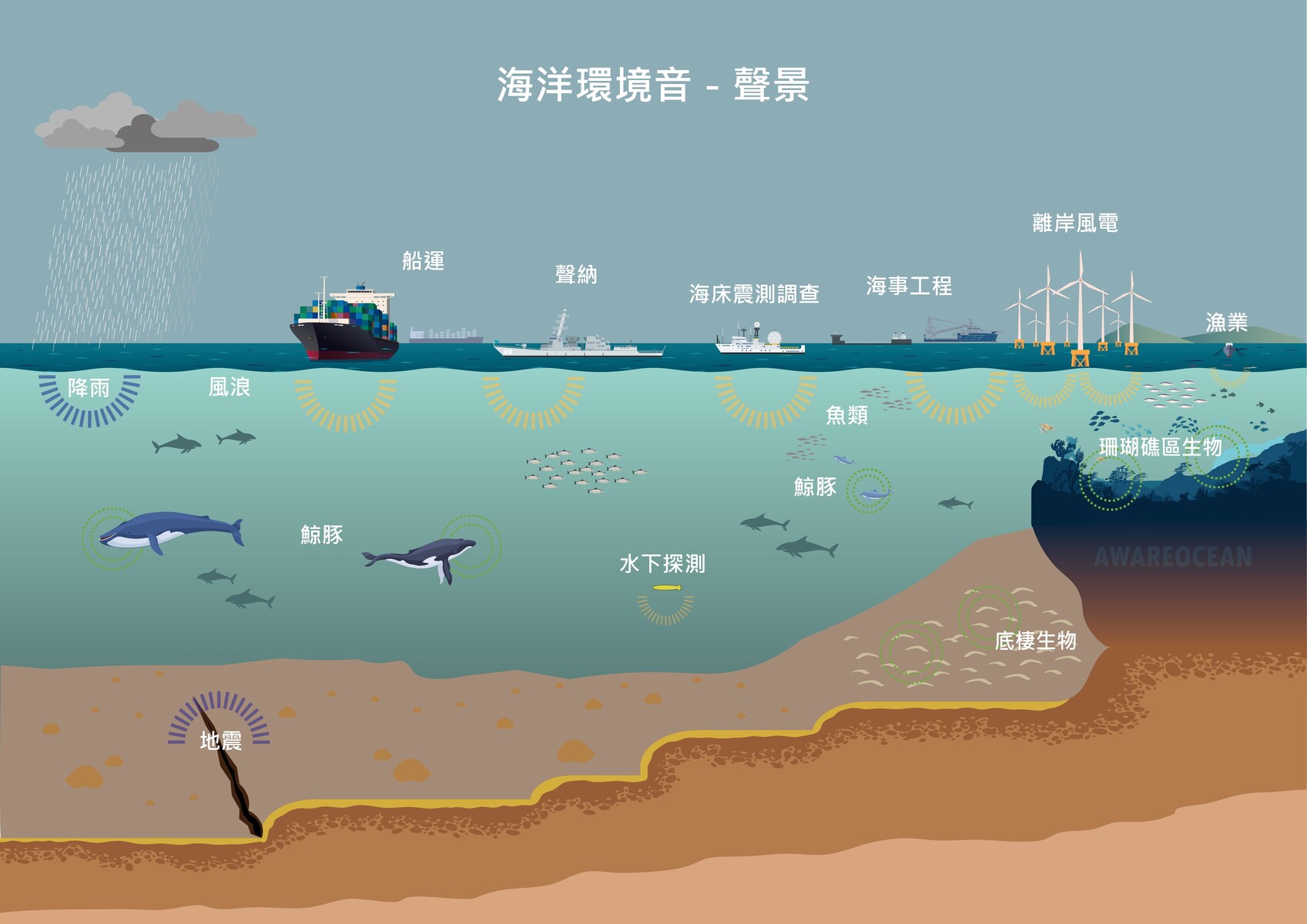
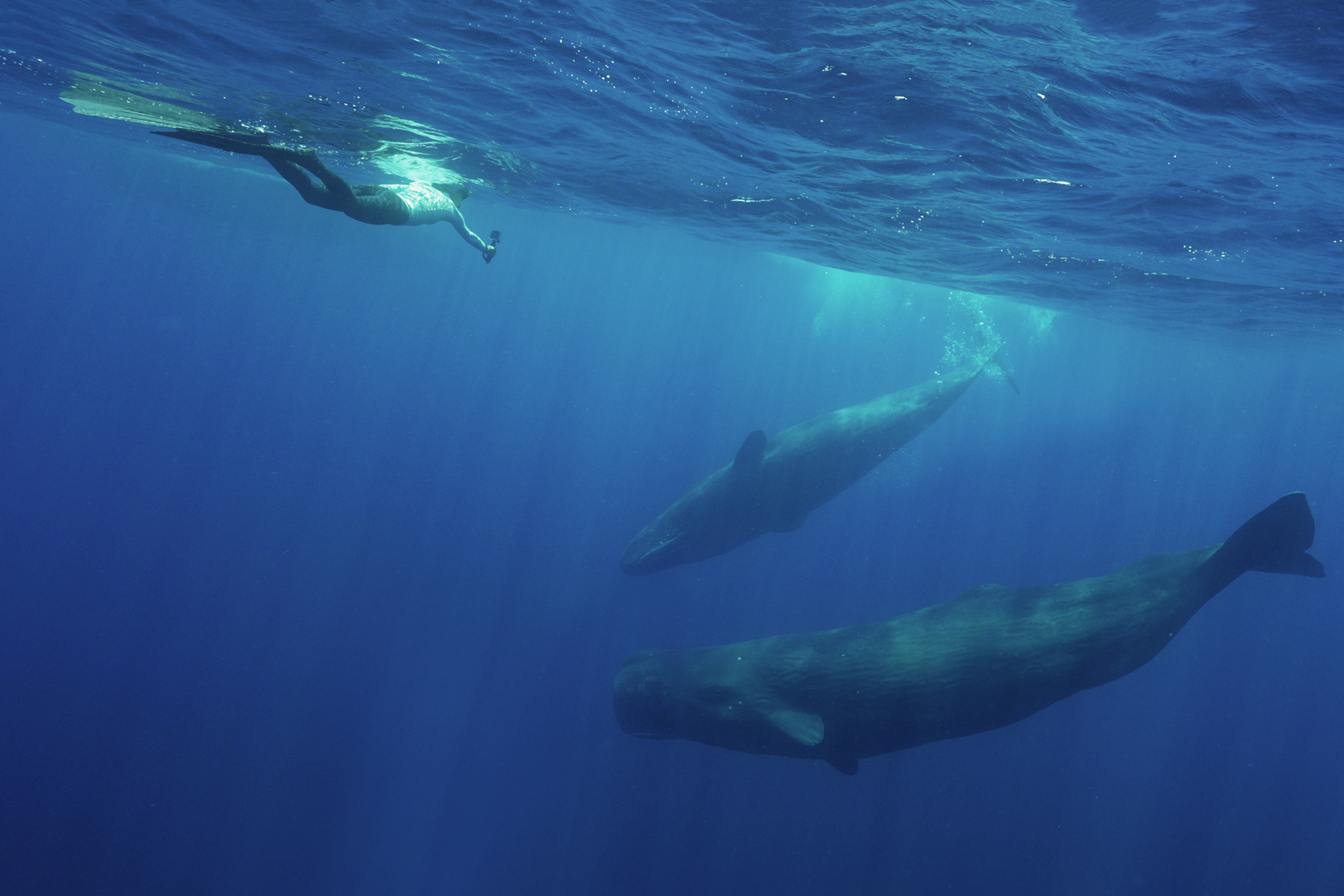
2024-06-14
Taiwan has developed offshore wind power in recent years, which has caused noise due to pile-driving construction and may impact the cetacean ecology and fishery economy. Alumnus of National Sun Yat-sen University (NSYSU) and the general manager of Awareocean Technology Co., Ltd. Hsiang-Chih Chan and assistant professor of the Institute of Undersea Technology of NSYSU Ruey-Chang Wei, are domestic underwater noise experts and jointly published the book "Required Courses on Sealency," which is the first comprehensive introduction to Taiwan's cetacean ecological survey and underwater noise monitoring and assessment tool book. This book can compensate for the deficiencies in underwater noise prevention and control in Taiwan's environmental impact assessments in the past decade.
Ruey-Chang Wei said that noise issues always come last when people talk about environmental pollution. He gave examples such as increased garbage, discolored rivers, coral reef bleaching, and damaged landscapes, which have an immediate visual impact and can easily arouse attention. However, noise has become a part of life, and underwater noise is more challenging to understand and can easily be ignored. The Ocean Acoustics Laboratory of NSYSU started research in 1998. It was not until recent years of development on the West Coast that the endangered Taiwanese humpback dolphin population declined instead of increasing. It faced a conservation crisis that gradually became a core issue and entered the public eye.
The book "Required Courses on Sealency" mentions that cetaceans are the top predators in the marine ecological food chain, with a wide distribution range and diverse food types. As an indicator organism of marine biodiversity, they play an important role in the balance and stability of the entire marine ecosystem. Cetaceans rely on hearing and vocalizations to call their companions, which enables them to socialize and reproduce. If they are disturbed by underwater noise for a long time, they may accumulate physiological stress, lose their habitat due to hearing loss, change their swimming paths, and frequently ventilate. In severe cases, it may cause damage to the hearing threshold of cetaceans, stranding, or death. In order to effectively conserve cetacean populations, a scientific, accurate, and feasible underwater noise monitoring and assessment tool is needed. This reference book "Required Courses on Sealency" uses scientific research results to propose monitoring and evaluation methods, which will help the public understand the ecological habits of cetaceans and their responses to underwater noise, jointly think about the potential risks of underwater noise on cetacean populations, and take more proactive measures to mitigate the impact.
Hsiang-Chih Chan said he began researching underwater noise 25 years ago with Professor Ruey-Chang Wei. He has investigated various data such as ships, wind and breaking waves, ocean internal waves, white dolphins, and fish calls, and has also participated in Taiwan-US international cooperative experiments. He pointed out that Taiwan is increasingly paying attention to underwater noise prevention and control. The Ocean Conservation Administration of the Ocean Affairs Council announced underwater noise guidelines in 2023. However, many issues still need to be resolved, especially everyone's recognition of the underwater noise problem. It took him over two years to write the book "Required Courses on Sealency." The first half of the book is a popular science on cetacean ecology survey, while the second half can make up for the shortcomings in the assessment and prevention of underwater noise problems during Taiwan's environmental impact assessments in the past decade. He found from dozens of environmental impact assessment commitments for offshore wind farm development that most processes only care about whether there is measurement data but do not evaluate the impact in detail, track the cumulative impact issues, and further improve the control methods, hoping to protect Aquatic creatures effectively.
Ruey-Chang Wei emphasized that offshore wind power has made the public pay attention to the issue of underwater noise. However, ship noise is the leading cause of marine environmental pollution. Due to the rapid increase in the world's population and frequent economic activities, ship noise also increases yearly. It can be seen from the survey results of various research projects that the ocean soundscape has been seriously disturbed by human beings. In addition to cetaceans, other marine life, such as demersal fish and shrimps, sea turtles, commercial fisheries, etc., will also be disturbed by underwater noise, such as the estuarine sound-making fish, Sciaenidae, will be obscured by various ship noises. Cetaceans inhabit offshore waters, and their species abundance reduction and population extinction rate mean that offshore ecology is threatened, which will also affect the marine economy.
Taiwan has developed offshore wind power in recent years, which has caused noise due to pile-driving construction and may impact the cetacean ecology and fishery economy. Alumnus of National Sun Yat-sen University (NSYSU) and the general manager of Awareocean Technology Co., Ltd. Hsiang-Chih Chan and assistant professor of the Institute of Undersea Technology of NSYSU Ruey-Chang Wei, are domestic underwater noise experts and jointly published the book "Required Courses on Sealency," which is the first comprehensive introduction to Taiwan's cetacean ecological survey and underwater noise monitoring and assessment tool book. This book can compensate for the deficiencies in underwater noise prevention and control in Taiwan's environmental impact assessments in the past decade.
Ruey-Chang Wei said that noise issues always come last when people talk about environmental pollution. He gave examples such as increased garbage, discolored rivers, coral reef bleaching, and damaged landscapes, which have an immediate visual impact and can easily arouse attention. However, noise has become a part of life, and underwater noise is more challenging to understand and can easily be ignored. The Ocean Acoustics Laboratory of NSYSU started research in 1998. It was not until recent years of development on the West Coast that the endangered Taiwanese humpback dolphin population declined instead of increasing. It faced a conservation crisis that gradually became a core issue and entered the public eye.
The book "Required Courses on Sealency" mentions that cetaceans are the top predators in the marine ecological food chain, with a wide distribution range and diverse food types. As an indicator organism of marine biodiversity, they play an important role in the balance and stability of the entire marine ecosystem. Cetaceans rely on hearing and vocalizations to call their companions, which enables them to socialize and reproduce. If they are disturbed by underwater noise for a long time, they may accumulate physiological stress, lose their habitat due to hearing loss, change their swimming paths, and frequently ventilate. In severe cases, it may cause damage to the hearing threshold of cetaceans, stranding, or death. In order to effectively conserve cetacean populations, a scientific, accurate, and feasible underwater noise monitoring and assessment tool is needed. This reference book "Required Courses on Sealency" uses scientific research results to propose monitoring and evaluation methods, which will help the public understand the ecological habits of cetaceans and their responses to underwater noise, jointly think about the potential risks of underwater noise on cetacean populations, and take more proactive measures to mitigate the impact.
Hsiang-Chih Chan said he began researching underwater noise 25 years ago with Professor Ruey-Chang Wei. He has investigated various data such as ships, wind and breaking waves, ocean internal waves, white dolphins, and fish calls, and has also participated in Taiwan-US international cooperative experiments. He pointed out that Taiwan is increasingly paying attention to underwater noise prevention and control. The Ocean Conservation Administration of the Ocean Affairs Council announced underwater noise guidelines in 2023. However, many issues still need to be resolved, especially everyone's recognition of the underwater noise problem. It took him over two years to write the book "Required Courses on Sealency." The first half of the book is a popular science on cetacean ecology survey, while the second half can make up for the shortcomings in the assessment and prevention of underwater noise problems during Taiwan's environmental impact assessments in the past decade. He found from dozens of environmental impact assessment commitments for offshore wind farm development that most processes only care about whether there is measurement data but do not evaluate the impact in detail, track the cumulative impact issues, and further improve the control methods, hoping to protect Aquatic creatures effectively.
Ruey-Chang Wei emphasized that offshore wind power has made the public pay attention to the issue of underwater noise. However, ship noise is the leading cause of marine environmental pollution. Due to the rapid increase in the world's population and frequent economic activities, ship noise also increases yearly. It can be seen from the survey results of various research projects that the ocean soundscape has been seriously disturbed by human beings. In addition to cetaceans, other marine life, such as demersal fish and shrimps, sea turtles, commercial fisheries, etc., will also be disturbed by underwater noise, such as the estuarine sound-making fish, Sciaenidae, will be obscured by various ship noises. Cetaceans inhabit offshore waters, and their species abundance reduction and population extinction rate mean that offshore ecology is threatened, which will also affect the marine economy.
Click Num:
Share
